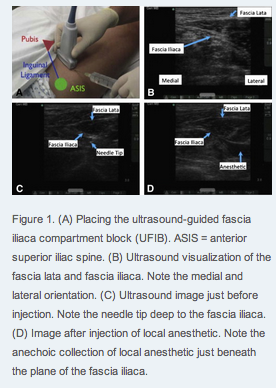A recent study in Annals of Emergency Medicine (found on pubmed too) discusses the use of ultrasound for assessing shoulder dislocation and reduction. Yup, that’s right – no need for that Xray – unless you are concerned about a fracture. But, when you have a patient with a history of shoulder dislocation saying, “it’s out again” then dont get that Xray – before or after your reduction – just use ultrasound. It’s quick and easy and can also be used for joint injections for anestheisa too. Dr. Mike Stone showed a great video of this too – 2 docs competing to see who finishes the assessment, anesthesia and reduction the quickest – guess who won….
Diagnostic Accuracy of Ultrasonographic Examination in the Management of Shoulder Dislocation in the Emergency Department
Study objective
Emergency physicians frequently encounter shoulder dislocation in their practice. The objective of this study is to assess the diagnostic accuracy of ultrasonography in detecting shoulder dislocation and confirming proper reduction in patients presenting to the emergency department (ED) with possible shoulder dislocation. We hypothesize that ultrasonography could be a reliable alternative for pre- and postradiographic evaluation of shoulder dislocation.
Methods
This was a prospective observational study. A convenience sample of patients suspected of having shoulder dislocation was enrolled in the study. Ultrasonography was performed before and after reduction procedure with a 7.5- to 10-MHz linear transducer. Shoulder dislocation was confirmed by taking radiographs in 3 routine views as a criterion standard. The operating characteristics of ultrasonography to detect dislocation in patients with possible shoulder dislocation and to confirm reduction in patients with definitive dislocation were calculated as the primary endpoints.
Results
Seventy-three patients were enrolled. The ultrasonography did not miss any dislocation. The results of ultrasonography and radiography were identical and the sensitivity of ultrasonography in detection of shoulder dislocation was 100% (95% confidence interval 93.4% to 100%). The sensitivity of ultrasonography for assessment of complete reduction of the shoulder joint reached 100% (95% confidence interval 93.2% to 100%) in our study as well.
Conclusion
We suggest that ultrasonography be performed in all patients who present to the ED with a clinical impression of shoulder dislocation on admission time. The results of this study provide promising preliminary support for the ability of ultrasonography to detect shoulder dislocation. However, further investigation is necessary to validate the results and assess the ability of ultrasonography in detecting fractures associated with dislocation.
To view Dr. Mike Stone’s lecture on shoulder dislocation diagnosed by ultrasound, view below:
For another great post of shoulder shrugging – see broomedocs site here!
ACEP News in 2/2014 had an article on shoulder dislocation by ultrasound – go here.






